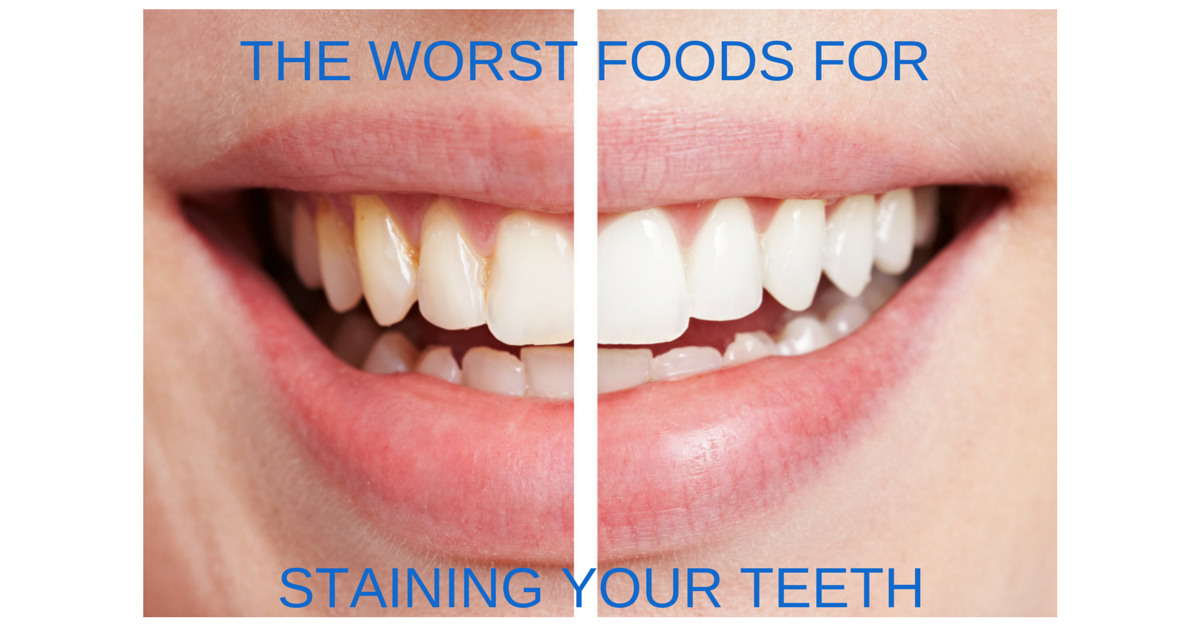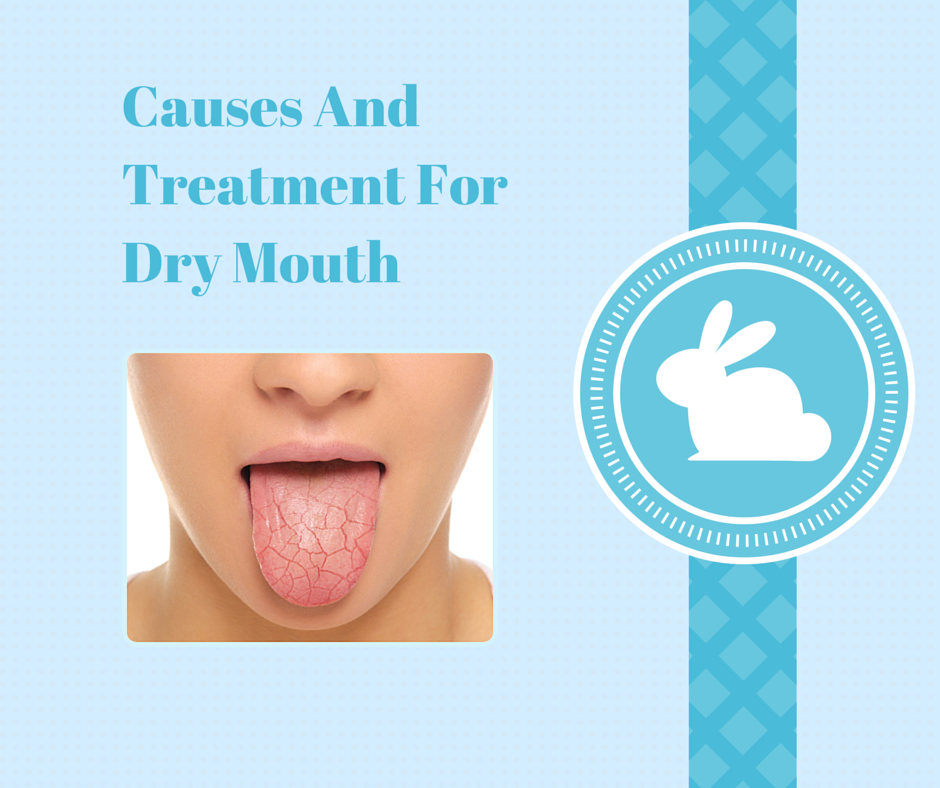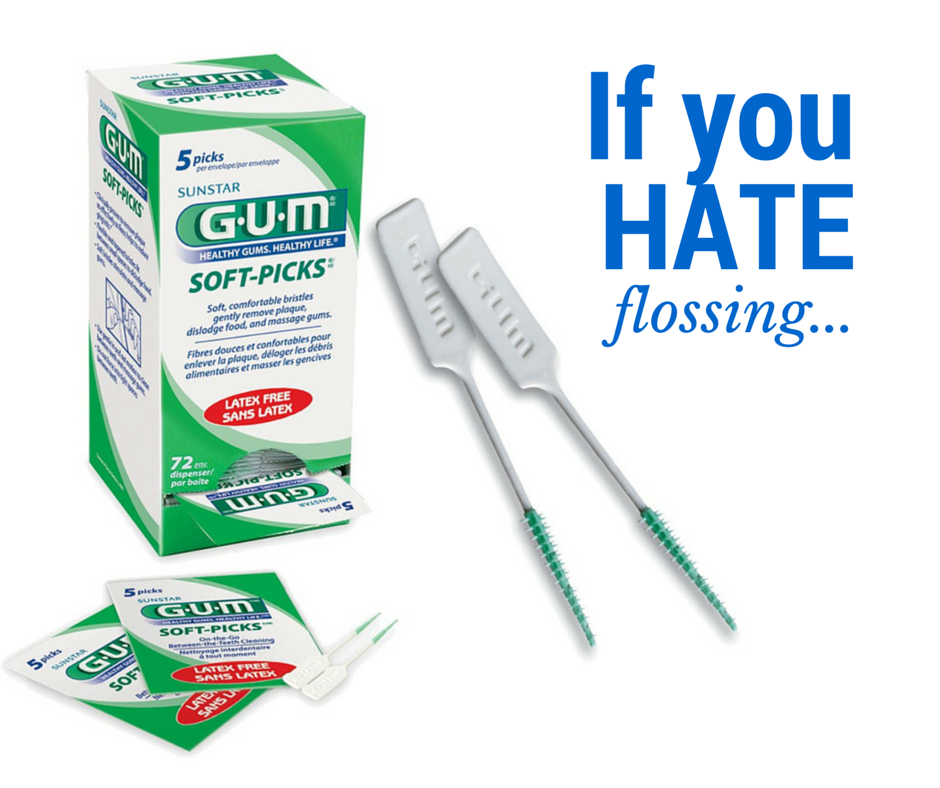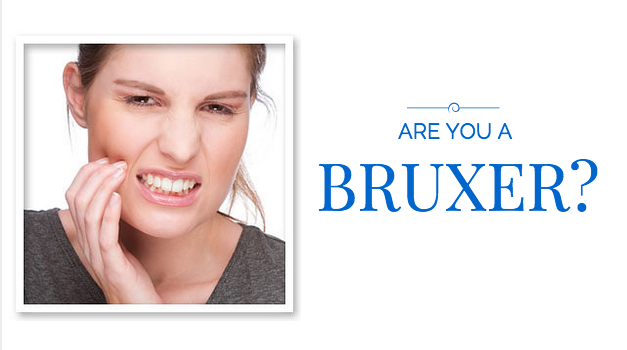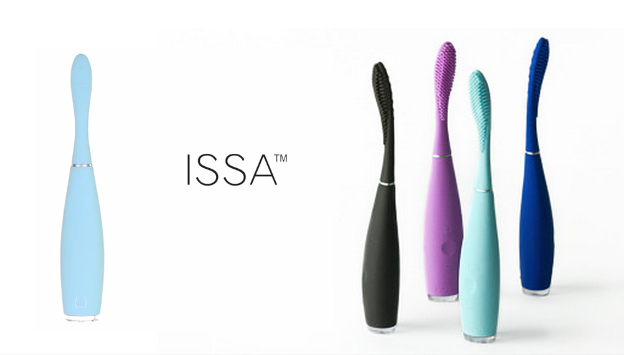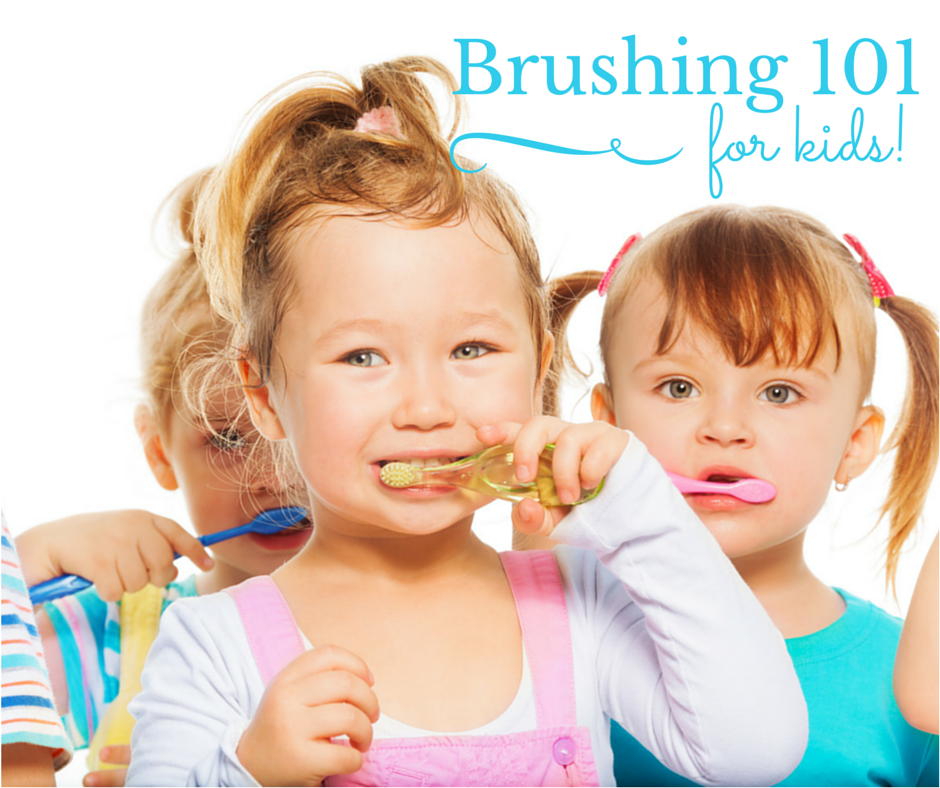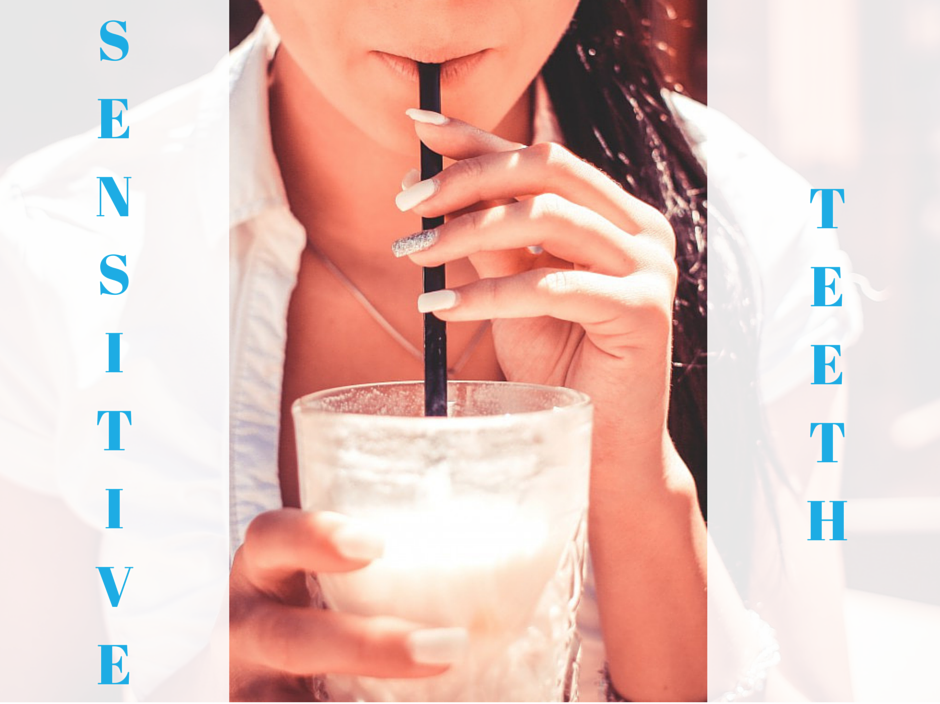
A lot people wonder, “Why do I need to get my teeth cleaned? Is it really that important?” The short answer is YES! Getting your teeth cleaned on a regular basis is important, not only for your oral health, but your overall health as well.
So what exactly is gum disease?
It is an infection of your gums and supporting tissues that evolves over time. Gum disease includes two stages: a reversible stage and an irreversible stage.
The initial phase of gum disease is called gingivitis and is reversible. Gingivitis is identified by bleeding gums and tender, red, swollen gums. Gingivitis generally develops when plaque and tartar sit on the teeth and infect the gums. A professional cleaning and daily brushing and flossing can reverse the effects of gingivitis, leaving you with a healthy mouth. Brushing and flossing can remove soft plaque, but scaling is needed to remove hard tartar from the teeth.
The second stage of gum disease is called periodontal disease, which is irreversible. Periodontal disease is classified as Early, Moderate or Advanced. The signs of periodontal disease are bone loss, moving teeth, exposed roots, and possible tooth loss. The second stage of gum disease develops when the first stage – the reversible stage – is left untreated. The infection, that started in the gums, spreads into the supporting tissue and bone around the teeth, leading to loss of bony support. Once the process of bone loss starts, you cannot grow the bone back. Moreover, the progression of bone loss can continue if left untreated.
This is where the importance of dental cleanings comes in. With the help of frequent, regular dental hygiene visits, and excellent home care, you can stop the infection and prevent further bone loss. “But I don’t have bone loss,” you may say. “Why do I need to get another cleaning?” Regular dental hygiene care is a preventative therapy to ensure patients do not develop periodontal disease. The best and most effective treatment of gum disease is PREVENTION. If we can prevent a patient from losing bony support, we can ensure they will not develop periodontal disease. The reason why the second stage of gum disease is considered irreversible is because once you develop periodontal disease, you have it for life. The damage from the infection to your bone cannot be reversed. The only thing we can do is prevent further damage with regular hygiene visits, which includes scaling and root planing. This is why prevention is key to treating gum disease. So be sure to come in every 6-12 months and see your hygienist! I’m sure you’ll have a new appreciation for why she asks about brushing and flossing every time!
Dental Hygienist Alia


